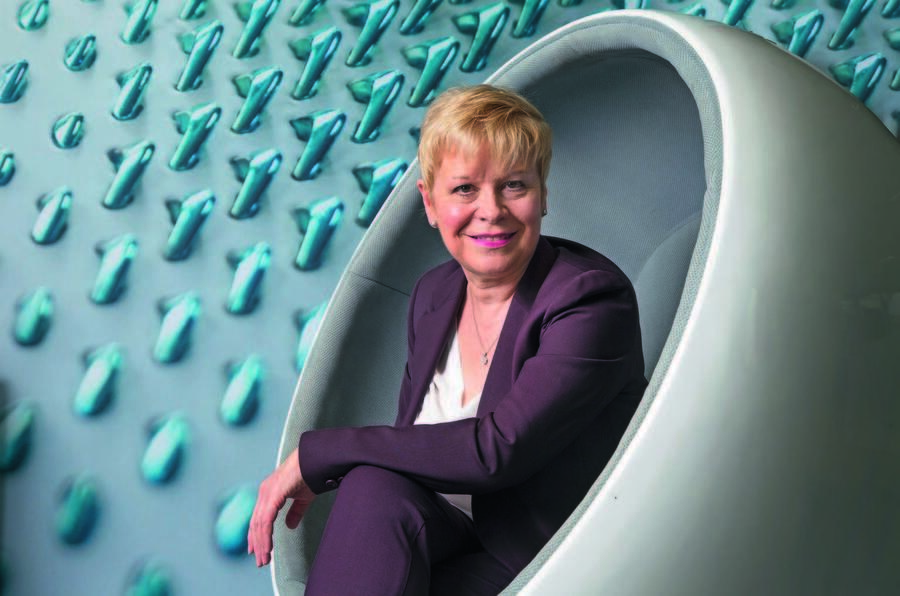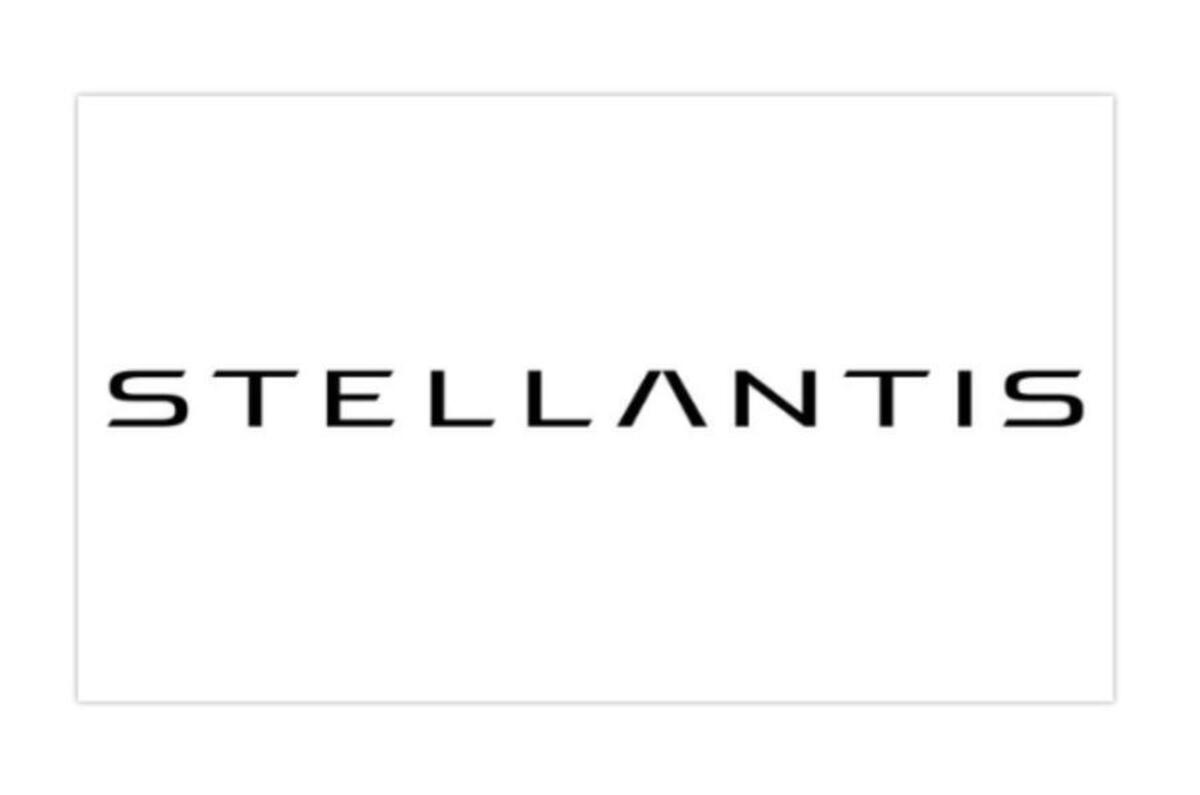Stellantis, the car-making giant formed by the merger of the PSA Group and Fiat Chrysler Automobiles (FCA), will embrace the diversity of its staff and brands as a strength rather than a weakness, according to boss Carlos Tavares.
The new company is the world’s fourth-largest car firm, with 14 brands (including Abarth, Alfa Romeo, Citroën, DS, Fiat, Jeep, Peugeot and Opel/Vauxhall), more than 400,000 staff, industrial operations in more than 30 countries and revenues of more than £150 billion combined.
Stellantis has now provided further details of its management structure, with a number of new bosses for key brands. Mike Manley, who had been CEO of FCA, will become the head of the Americas, where the firm’s popular Jeep and Ram brands are focused.
Brit Linda Jackson, who previously headed up Citroën, has been named as the new head of Peugeot.
Peugeot boss Jean-Philippe Imparato will move over to run Alfa Romeo, replacing Tim Kuniskis, who will focus on Chrysler and Dodge.

Michael Lohscheller (Opel/Vauxhall), Vincent Cobée (Citroën), Olivier François (Fiat/Abarth), Béatrice Foucher (DS) and Davide Grasso (Maserati) retain their roles.
Stephen Norman, the MD of Vauxhall Motors, will switch to a new role as senior vice-president for sales of Opel-Vauxhall. Paul Willcox, previously head of Opel's Eurasia division, will become the new MD of Vauxhall.
While Tavares admitted there was a “defensive dimension” to the merger based on the challenges the car industry is facing, he said “this merger is not a defensive move,” adding that Stellantis won't be focused solely on its new scale.









Join the debate
Add your comment
You say merger, more psa takeover which is hardly surprizing.